#Tropical Leaf
Text

sācrēd gāiā .:. @earthjournalbyawildrose
source + website
#nature#spirituality#quote#blue water#waterfall#watercore#leaf#tropical leaf#river#rivercore#earth#earthcore#naturecore#water#water nymph#cottagecore#forestcore#mossy forest#forest cottage#green forest#green magick#greenery#tropical#plant blog#tropical plant#plantcore#darkcore#dark cottagecore
108 notes
·
View notes
Text

Josefine Dress in Tropical Leaf from Retrofete ($395)
#Charlotte Flair#ashley fliehr#Josefine Dress#dress#dresses#tropical leaf#Retrofete#women of wrestling fashion#wwe
2 notes
·
View notes
Text
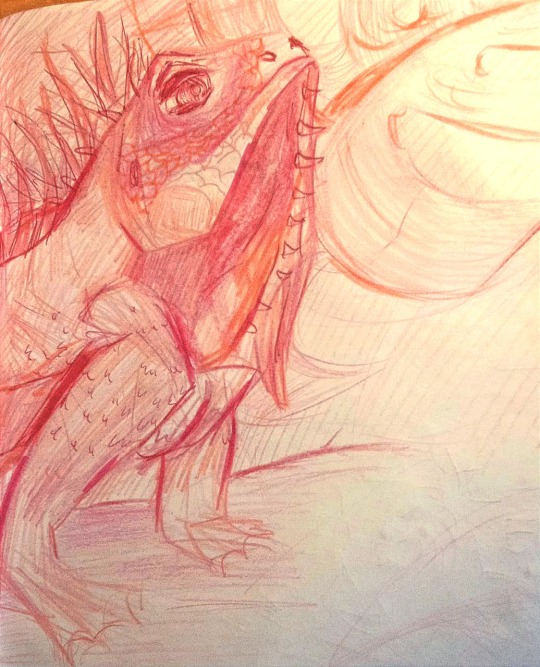
A lizard.
#art#lizard#lizard_art#ss_art#sketch#sketchbook#lizardsofinstagram#reptile#reptile_art#dragon#dragon_art#leaf#tropical leaf#traditional sketch
5 notes
·
View notes
Text




Это в общем-то ерунда, что бы кому-то показывать.
Давно хотел сделать что-то тропическое. Думал, никаких проблем не возникнет. Фиг! Почти все кусочки отлетели. Склеил как мог и раскрасил акварелью. Получилось хоть что-то.
0 notes
Text



Animal crossing summer ~ ☆彡
#animal crosing new leaf#nintendo animal crossing#animal crossing#kawaii blog#kawaii gif#nintendo#tropicalcore#tropical core#tropicore#tropical vibes#summer core#summer aesthetic#pink summer#animal crosing new horizons#video games#video game gifs#kawaiicore#kawaii#cute#nostalgia#nostalgiacore#cute gif#early 2000s#beachcore#beach core#beach vibes#nostaligiacore#nostalgic#aesthetic gif#kawaii graphics
3K notes
·
View notes
Text
Online Exclusive Products Now Available
Online Exclusive Products
Online Exclusive products are all about the future of shopping. And a great opportunity for new experiences! You won’t find these products in any catalog, which means we have a new way for Stampin’ Up! to share fresh, never-before-seen products to spark your creativity and expand your crafting collection. All from the convenience of my online store.
See Tami and myself…

View On WordPress
#1-3/4"Circle Punch#2" Circle Punch#Basics 3D Embossing Folders#Classic Letters#Elegant Borders Dies#Gold & Silver 1/8" Trim Combo Pack#Growth Takes Time#hello#Hope & Peace#irresistible#Irresistible Blooms#Naturally Gilded 12" X 12" Specialty Designer Series Paper#Radiating Stitches Dies#Rhino Ready#Tropical Leaf
0 notes
Text
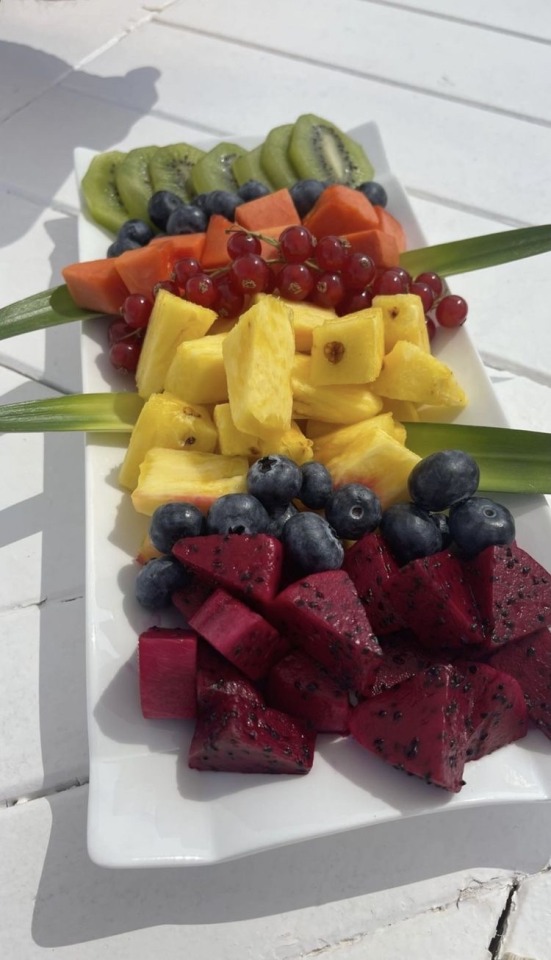
#fruits#food#healthy#colors#bright colors#kiwi#blueberries#grapes#pineapple#dragon fruit#red dragon fruit#papaya#banana leaf#banana leaves#tropical#tropics#fruit platter#fruit tray
436 notes
·
View notes
Text



Desmodus rotundus, better known as the common vampire bat, is a species of leaf-nosed bat native to Central and South America, as well as parts of the Caribbean. They are found primarily in tropical forests, particularly rainforests, but can also roam into scrubland and agricultural areas. Common vampire bats roost in hollow trees, caves, and abandoned buildings, making them a common sight in or near urban areas.
As their name implies, the common vampire bat feeds exclusively on blood, particularly those of mammals. In the wild they will feed on large animals like tapirs, but they more frequently go after domesticated animals like cattle, goats, and horses. However, when ideal prey is lacking they will also feed off lizards, turtles, snakes, toads, and crocodiles. Like most bats, D. rotundus uses echolocation to find prey. Then, special heat sensors in the nose help it to detect blood vessels close to the skin; it then bites open a small flap of the skin and drinks its fill. Its saliva contains both painkillers and anticoagulents, so victims seldom notice their host until after it has fed. Predators of D. rotundus include owls, hawks, and eagles.
Common vampire bats live in colonies of about 100 individuals, although colonies consisting of up to 1,000 individuals have been recorded. Within these colonies, males and females roost separately; females cluster in groups of 8-20, while males roost individually and guard territories against other males. However, D. rotundus is highly social, and males and females will both groom members of the same and opposite sex. This grooming can even extend to homosexual behaviours like genital licking, which is thought to reinforce hierarchies and strengthen social bonds.
D. rotundus can breed year-round, but females only raise one pup per year. Males typically mate with females in or near their defended territories. Afterwards, females carry their pregnancy for about 7 months before giving birth to a single pup. These young feed on their mother's milk for their first month; during this time, other adult females will often provide the mother with excess blood as she cannot hunt for herself. Once the pup is weaned they begin recieving blood from their mothers, and at four months they begin accompanying her on hunts. At about five months they are fully independent; females will remain in their mother's roost while males will leave to establish their own territories. Young become fully mature at about a year old, and adults may live to 12 years in the wild.
The common vampire bat is relatively plain looking, as far as bats go. They are generally gray or brown, with darker fur over their backs and dark brown or black membranes along their wings. The nose has a distinct triangle shape, which houses special heat-sensing organs. Likewise, the ears are large and triangular, used for echolocation. Adults are rather small, about 9 cm (3.5 in) long with an average wingspan of 18 cm (7 in) and a weight of 25–40 grams (2 oz).
Conservation status: The IUCN lists D. rotundus as Least Concern. In fact, populations of the common vampire bat are increasing due to the abundance of livestock as a food source.
If you like what I do, consider buying me a ko-fi!
Photos
Jose Gabriel Martinez Fonseca
Sheri & Brock Fenton
Nicolas Reusens
#common vampire bat#Chiroptera#Phyllostomidae#vampire bats#leaf-nosed bats#bats#mammals#tropical forests#tropical forest mammals#tropical rainforests#tropical rainforest mammals#urban fauna#urban mammals#central america#south america#queer fauna#nature is queer#animal facts#biology#zoology#ecology
144 notes
·
View notes
Text

#big leaf#Fairchild#Fairchild Tropical Botanic Garden#plant photography#plant blog#plants#plantblr#tropical#tropical plants#pergola#florida#garden#plant
168 notes
·
View notes
Text
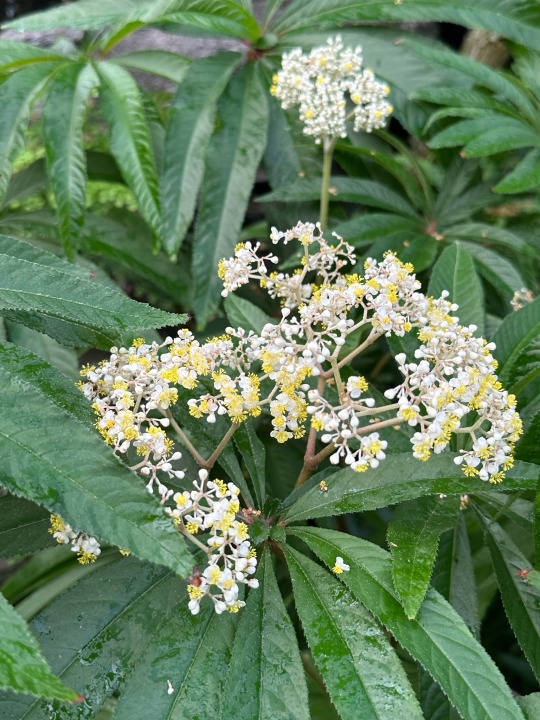
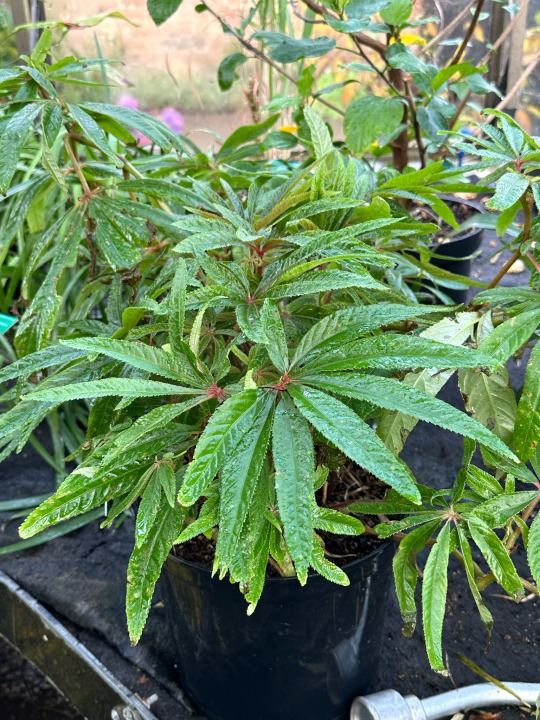

Plant of the Day
Wednesday 17 January 2024
A native to the rainforests of Brazil, Begonia luxurians (palm leaf begonia) needs frost free growing conditions. This houseplant is best placed out of direct sunlight and kept moist during the growing season.
Jill Raggett
#Begonia#palm leaf begonia#houseplant#foliage#white flowers#plants#horticulture#tropical glasshouse#glasshouse#tender perennial
59 notes
·
View notes
Text
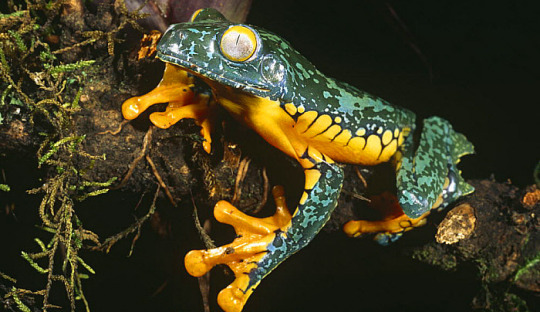
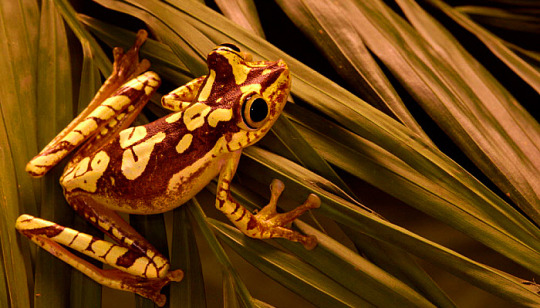




Ecuadorean frog photos by Pete Oxford
Leaf frog (Agalychnis craspedopus)
Chachi tree frog (Hyla picturata)
Poison arrow frog (Epipedobates tricolor)
Poison arrow frog (Epipedobates tricolor)
Poison arrow frog (Dendrobates duellmani)
San Lucas marsupial frog (Gastrotheca pseustes)
#frogs#tropical frogs#ecuador#agalychnis#Agalychnis craspedopus#hyla#hyla picturata#Epipedobates tricolor#epipedobates#dendrobates#dendrobates duellmani#gastrotheca#gastrotheca pseustes#leaf frog#chachi tree frog#tree frog#poison arrow frog#san lucas marsupial frog#amphibians#rainforest#tropical rainforest#blue frog#red frog#green frog#black frog#yellow frog#brown frog#animals#wildlife#nature
267 notes
·
View notes
Text

hōly gāiā .:. @earthjournalbyawildrose
website + source
#nature#spirituality#leaf#water#watercore#rainforest#rainforestcore#tropical#tropical leaf#plant#plants#Plantcore#green magick#green#Forest#naturecore#earthcore#nature blog#mother nature#landscape photography#photography#nature photography#jungle#jungles#junglecore#quote#spiritualpath#forest spirit#Eden#paradise
19 notes
·
View notes
Text

Tropic Thunder (2008)
#2008#film#movie#military#Tropic Thunder#Brandon T. Jackson#Alpa Chino#Ben Stiller#Tugg Speedman#Robert Downey Jr.#Kirk Lazarus#Jay Baruchel#Kevin Sandusky#Jack Black#Jeff Portnoy#Steve Coogan#Damien Cockburn#Nick Nolte#Four Leaf Tayback#Danny McBride#Cody#Matthew McConaughey#Rick Peck#Tom Cruise#Les Grossman#Vietnam War#XM16E1#AR-15#Sporter II Carbine#Ithaca 37
26 notes
·
View notes
Text

Finally revealed! How freaking beautiful. I definitely hit the jackpot with this Thai Constellation 🥰
#grower#indoor garden#indoor plants#plants#grow life#new leaf#variegated#tropical plants#thai constellation#aroids
12 notes
·
View notes
Text

9.26.23 - leaf doodles :) as popular as that one fan alola leaf design is it doesn’t match the autism projection I have of her so! working on that
#my art#pokemon#leaf#leaf my beloved#she leans into the aesthetic of being a grass type trainer so when people send out their fire types or whatever she can send out Kabutops#or whoever’d be most effective#and Get Their Asses#anyways my hc for why you don’t see her in alola is bc immediately after arriving she fucked off to go hiking in the wilderness#bc as far as she’s concerned alola is just Bigger Hotter Sevii and she already loves wandering around the Sevii isles#island chain? check. not as populated as the mainland? check. tropic enviro? check#the only reason blue didn’t manage to grab her before she ran off was bc he was too busy wrangling red into not going up the nearest mountai#mountain. again
62 notes
·
View notes
Text

i got bored and i drew melon drinking their namesake (melon soda)
#my art#oc: melon#melon soda#sfw furry#sfw furry art#sfw furry artist#anthro art#furry oc#furry#fish moon#tropicalcore#tropical#leaf sheep#weirdfur
49 notes
·
View notes